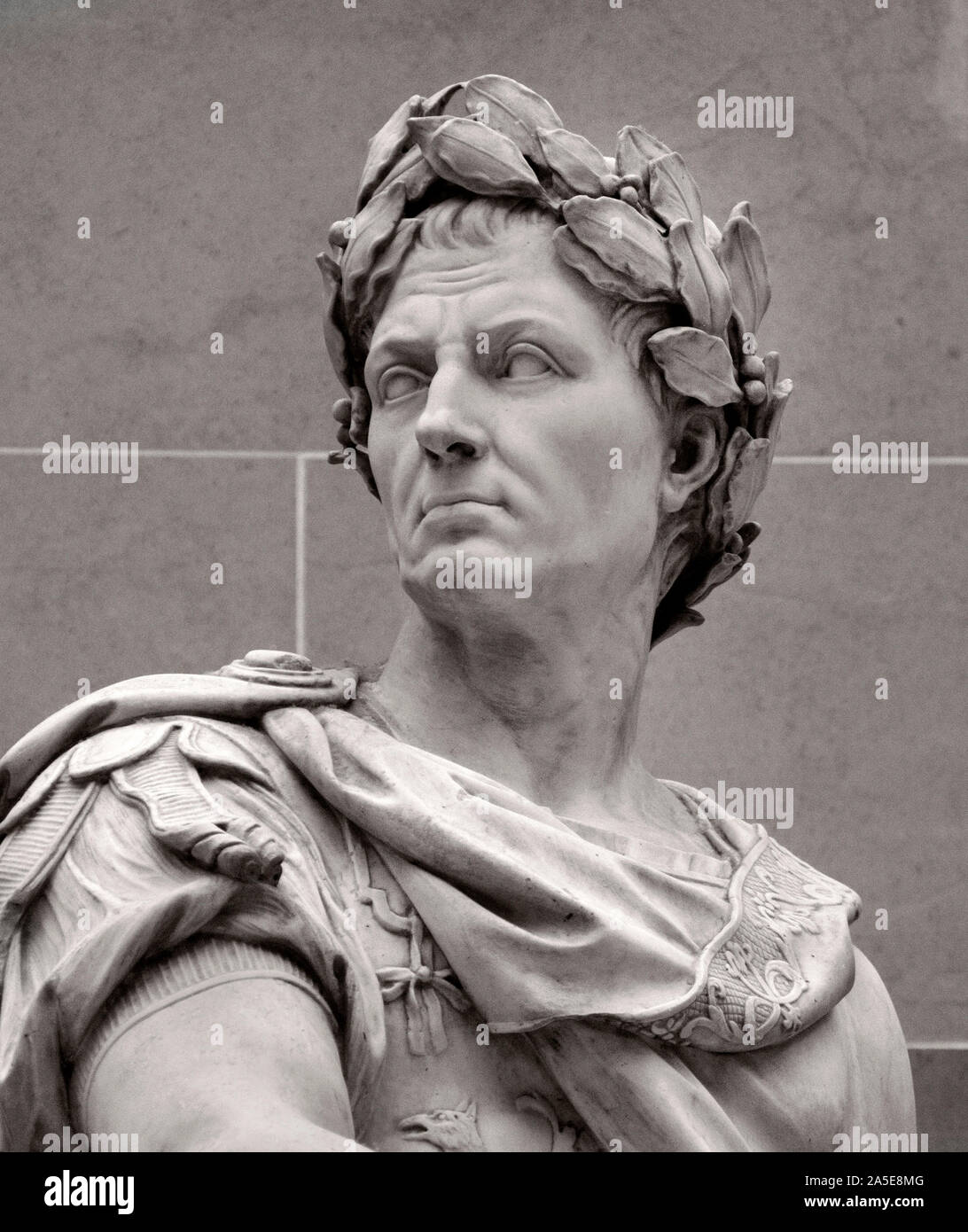

This proved useful very soon after the new calendar came into effect.

Ĭaesar's reform was intended to solve this problem permanently, by creating a calendar that remained aligned to the sun without any human intervention. However, since the pontifices were often politicians, and because a Roman magistrate's term of office corresponded with a calendar year, this power was prone to abuse: a pontifex could lengthen a year in which he or one of his political allies was in office, or refuse to lengthen one in which his opponents were in power. If managed correctly this system could have allowed the Roman year to stay roughly aligned to a tropical year. Some say the mensis intercalaris always had 27 days and began on either the first or the second day after the Terminalia (23 February). The net effect was to add 22 or 23 days to the year, forming an intercalary year of 377 or 378 days. This intercalary month was formed by inserting 22 or 23 days after the first 23 days of February the last five days of February, which counted down toward the start of March, became the last five days of Intercalaris. In addition, a 27- or 28-day intercalary month, the Mensis Intercalaris, was sometimes inserted between February and March.

The ordinary year in the previous Roman calendar consisted of 12 months, for a total of 355 days. For any given event during the years from 1901 through 2099, its date according to the Julian calendar is 13 days behind its corresponding Gregorian date (for instance Julian 1 January falls on Gregorian 14 January). In other words, the Julian calendar gains 3.1 days every 400 years, while the Gregorian calendar gains 0.1 day over the same time. That is more than the actual solar year value of approximately 365.2422 days (the current value, which varies), which means the Julian calendar gains a day every 129 years. They follow a simple cycle of three normal years and one leap year, giving an average year that is 365.25 days long. The Julian calendar has two types of years: a normal year of 365 days and a leap year of 366 days. Worldwide adoption of this revised calendar, which became known as the Gregorian calendar, took place over the subsequent centuries, first in Catholic countries and subsequently in Protestant countries of the Western Christian world.

The calendar became the predominant calendar in the Roman Empire and subsequently most of the Western world for more than 1,600 years until 1582, when Pope Gregory XIII promulgated a minor modification to reduce the average length of the year from 365.25 days to 365.2425 days and thus corrected the Julian calendar's drift against the solar year. It was designed with the aid of Greek mathematicians and astronomers such as Sosigenes of Alexandria. It took effect on 1 January 45 BC, by edict. This calendar, proposed by Roman consul Julius Caesar in 46 BC, was a reform of the earlier Roman calendar, a largely lunisolar one. The Julian calendar is still used in parts of the Eastern Orthodox Church and in parts of Oriental Orthodoxy as well as by the Berbers, whereas the Gregorian calendar is used in most parts of the world. The Julian calendar is a solar calendar of 365 days in every year with an additional leap day every fourth year (without exception). For the terms 'Julian date' and 'Julian Period', see Julian day. For the day-number calendar used for astronomical and historical calculations, see Julian day. This article is about a calendar used for civil and liturgical purposes.


 0 kommentar(er)
0 kommentar(er)
